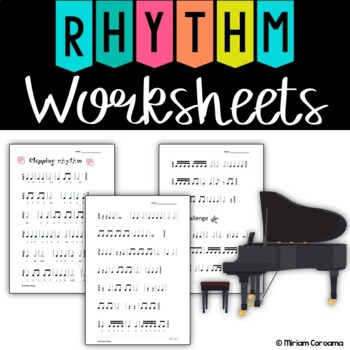


When you start, your part will be in unison with Player 1, but then your Player 2 part will shift as the patterns change. You play the rhythm by tapping your finger on the screen (not by clapping into the iPad microphone which is what I thought you supposed to do at first!). The main rhythm – pattern 1 – looks like this: Your rhythms appear on the screen in a graphic notation form. In the Clapping Music app, you perform the Player 2 part and the Player 1 part is performed by the app itself. You don’t NEED technology to do this piece with your students, but it makes it definitely adds something and makes it lots of fun!
Music math creating a clapping symphany free#
In the lesson plan below, you can use technology – in the form of a free iPad app – to help you teach the piece to your students. Here’s a performance of the piece featuring Steve Reich himself (on the right of the screen – Player 1 part) and David Crossin (Player 2 part).

Player 2’s rhythm moves through 12 cycles until it ends up in unison once more with Player 1. Both players start by clapping the rhythm, then player 1 continues on while the second player varies the main rhythm by shifting it a beat every few repetitions. There are two performers and only one rhythm. The musical premise for the piece is simple. The result was Clapping Music – a piece that requires only the hands. In 1972, composer Steve Reich (born 1936) decided to compose a piece that – in his words – “needs no instruments beyond the human body”. In today’s post, technology and performance combine in a lesson plan based on one of the most simple (yet effective) pieces: Steve Reich’s Clapping Music.


 0 kommentar(er)
0 kommentar(er)
